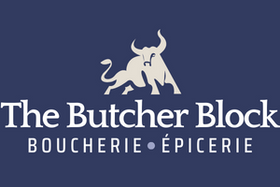
Slow Cooker Venison Curry
A tender, fragrant curry that transforms wild venison into pure comfort. Perfect for cooler evenings or Sunday family meals. Our Venison is from local deer sustainably sourced and 100% free range. Venison meat is naturally lean and protein-rich making it a healthier alternative to more fatty meat alternatives.












